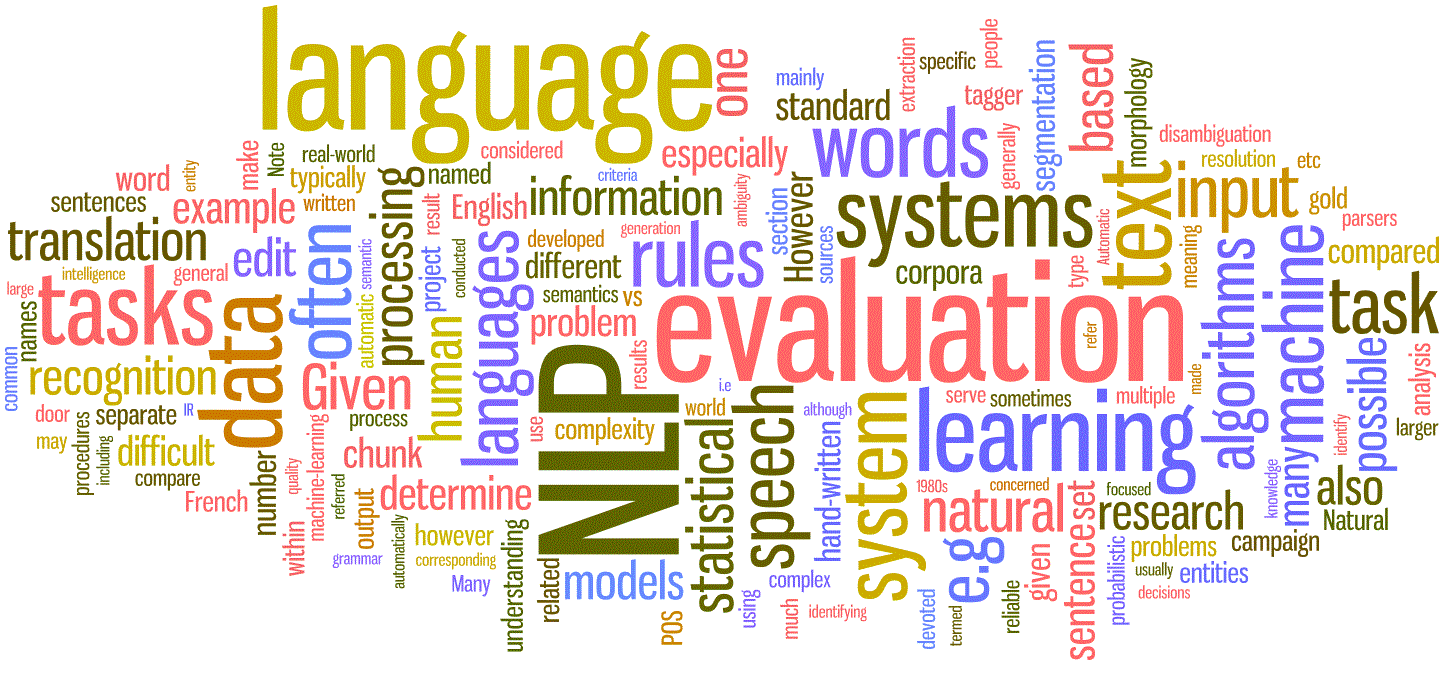Natural Language Analysis

Natural language analysis is defined by the Consortium on Cognitive Science instruction as “The use of ability of systems to process sentences in a natural language such as English, rather than in a specialized artificial computer language such as C++.”
So what is a natural language? Such a phrase might be understood differently. That is because it could be referred to in a narrow and a broad sense. Signal processing or speech recognition, context recognition, context reference issues, and discourse planning and generation, as well as syntactic and semantic analysis and processing are all examples of the broad definition of the NLP. In the other hand, the more narrow phrase examples are to include only syntactic and semantic analysis and processing.
For a system to be capable to process natural language, it has to interpret natural language first. Natural Language Understating is one of necessities in any NPL task, which is challenging at the same time, and that’s because it’s hard for a computer program to process thoughts, represent and understand linguistic input, and to have world knowledge. That’s is way usually NLP system begin with first determining the morphological structure of a world, and then move to more advanced analysis, like determining the words order in a sentence, grammar and meaning. After that to it moves to the overall context.
People use seven interdependent levels to understand and extract meaning from a text or spoken words. In order to understand natural languages, it’s important to distinguish among them:
1- Phonetic or phonological level: deals with pronunciation
2- Morphological level: deals with the smallest parts of words that carry meaning, and suffixes and prefixes.
3- Lexical level: deals with lexical meaning of a word.
4- Syntactic level: deals with grammar and structure of sentences.
5- Semantic level: deals with the meaning of words and sentences.
6- Discourse level: deals with the structure of different kinds of text.
7- Pragmatic level: deals with the knowledge that comes from the outside world, i.e., from outside the content of the document.
A Natural Language Processing system might use any number of them based on how or what it process.
Questions:
How could NPL be used?
Have it been used before? And where?
Will it be able to write books and researched?
Resources
Introduction to Natural Language Processing. (n.d.). Retrieved October 6, 2015, from http://www.mind.ilstu.edu/curriculum/protothinker/natural_language_processing.php
http://www.mtome.com/Publications/PNLA/prolog-digital.pdf
Chowdhury, G. (2005). Natural language processing. Annual Review of Information Science and Technology Ann. Rev. Info. Sci. Tech., 37(1), 51-89. Retrieved October 7, 2015.